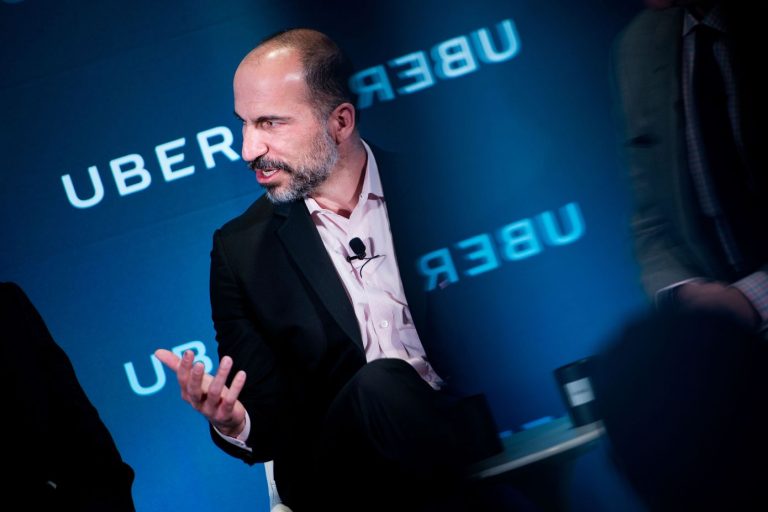
Uber is the category-king ride-hailing business in North America. It makes more money than all the competitors in North America combined. But Uber made a very poor strategic decision many years ago: getting into self-driving business. Sure, Uber’s major cost element is drivers, and removing drivers will improve its margins. But that argument does not account for the fact that Uber is not the right company to bring to fruition the generation-shaping technology leap of autonomous vehicles. Simply, Uber is a cash-poor company to fund and develop self-driving cars.
Uber sunk between $125 million and $200 million per quarter into the division over the past 18 months, amounting to 15% to 30% of its quarterly losses. The company, which is gearing up to go public in 2019, revealed that it lost $404 million in the second quarter. (Quartz Newsletter)
The best thing for Uber is to continue to grow its community, as a leading aggregator, making sure that anyone that has self-driving cars will call Uber first before any other person because it has the user numbers. Self-driving cars will need platforms to work: Uber has the largest users in its core North American markets. Besides, there is nothing that says that Uber cannot buy these cars from the makers. Making cars, especially the ones many ride on Uber, is a commoditized business where margins are hard to get. Financially, it may be cheaper for Uber to order them in bulk than making them itself.
Register for Tekedia Mini-MBA edition 17 (June 9 – Sept 6, 2025) today for early bird discounts. Do annual for access to Blucera.com.
Tekedia AI in Business Masterclass opens registrations.
Join Tekedia Capital Syndicate and co-invest in great global startups.
Register to become a better CEO or Director with Tekedia CEO & Director Program.
Google can fund a self-driving business; it has the ad business, the best in the world, which generates free cash. Apple can get into that business; it enjoys great margins on its iPhone business. But Uber is technically a startup and cannot afford decade-long investment to develop autonomous vehicles.
That distraction of self-driving cars has cost the company in many ways. Without the money-losing self-driving unit, Uber would have competed better in China and other markets it lost. There is no reason to continue to sink that cash into something that does not have much strategic value. Yes, Uber should sell that unit, invest more in its core business of connecting users and drivers, and strike strategic partnerships with Google, Tesla, GM and others, waiting for them to make these self-driving cars. Because it has the largest platforms, these entities will gladly consider Uber whenever the time arrives. And even if they do not, Uber buying in bulk will not feel the pains that it did not make the cars in-house.
It is about returning to the edges of the Smiling Curve.

And when you are there, remembering that under the nexus of Aggregation Construct, value comes when you do not have to do the hard work by yourself.
---
Register for Tekedia Mini-MBA (June 9 – Sept 6, 2025), and join Prof Ndubuisi Ekekwe and our global faculty; click here.


